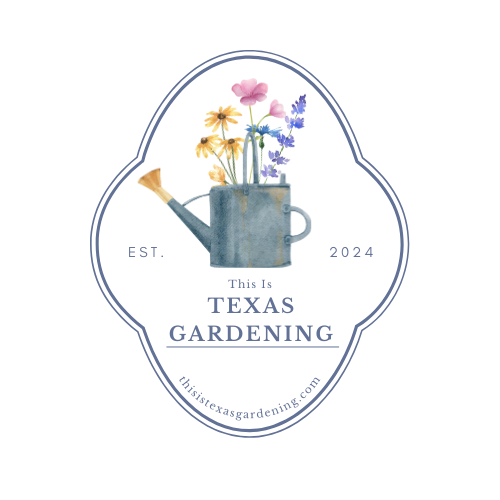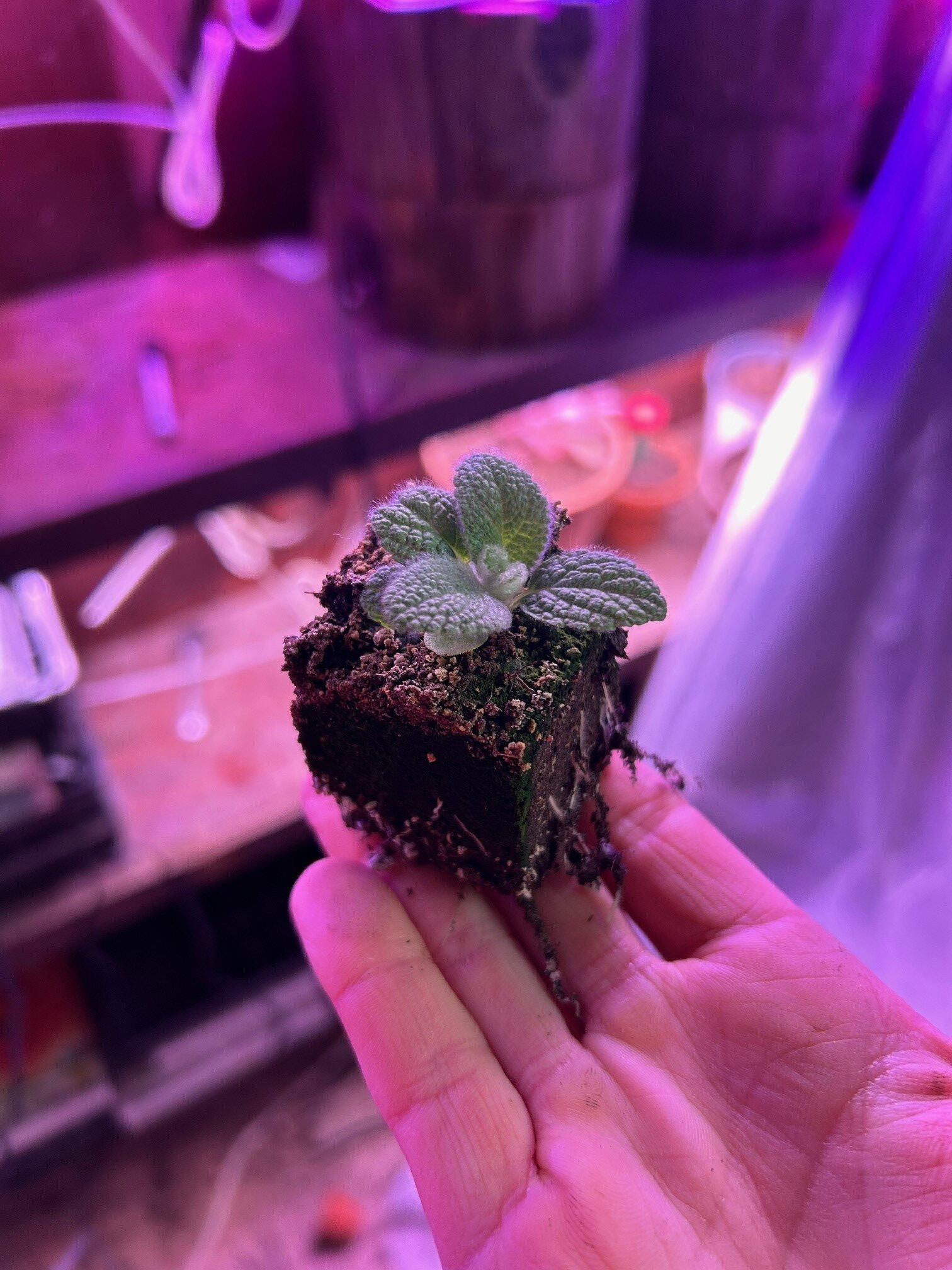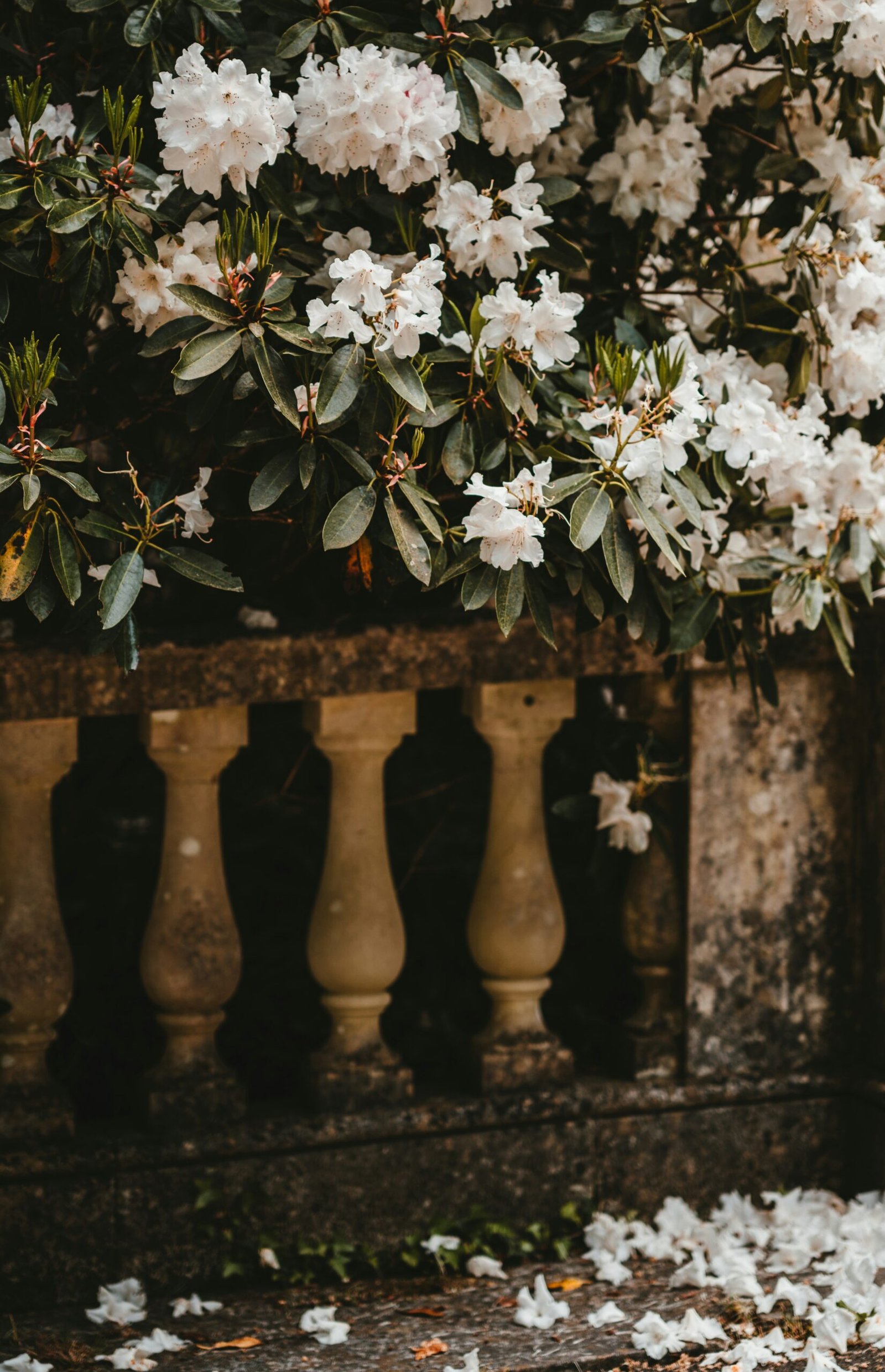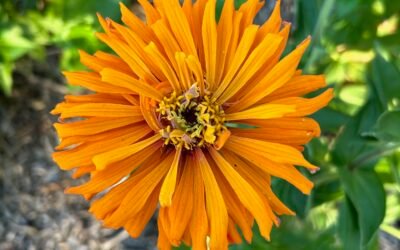Introduction to Seed Starting Soil Mixes (my personal recommendation is at the bottom!)
When it comes to successful gardening, the foundation begins with the selection of an appropriate seed starting soil mix. This choice plays a crucial role in the germination of seeds and the health of young plants. The right soil mix provides the necessary nutrients, structure, and drainage required for optimal seed growth. A well-structured mix can enhance moisture retention, promote healthy root development, and prevent common issues such as damping-off, a fungal disease that affects seedlings.
There are various soil mixes available on the market, each designed to cater to specific seed types and growing conditions. Using a tailored mix can significantly improve seed germination rates, allowing gardeners to achieve successful outcomes in their seed-starting endeavors. Additionally, understanding the components of different soil mixes can aid gardeners in aligning their choices with particular plant needs, whether it is for vegetable seedlings, herbs, or flowering plants.
This blog post will compare three popular seed starting soil mixes: traditional peat-based mixes, coconut coir blends, and various compost-based options. Each of these mixes boasts unique characteristics and ingredients that cater to diverse gardening preferences. By evaluating their respective pros and cons, gardeners can make informed decisions that enhance seedling vigor and resilience. This comparison will cover key aspects such as nutrient content, moisture retention, aeration, and environmental impact, ensuring that readers are well-equipped to choose the best soil mix for their gardening projects.
As we delve into the details of these soil mixes, it is important to recognize how essential such a decision can be for the future health of plants. Selecting an appropriate soil mix not only ensures effective seed germination but also establishes a strong foundation for robust growth, ultimately contributing to a successful gardening experience.
Peat-Based Soil Mixes
Peat-based soil mixes are a popular choice among gardeners and horticulturists due to their unique properties conducive to seed starting. Primarily composed of decomposed sphagnum moss, these mixes exhibit excellent water retention capabilities, which can be crucial for the germination of seeds. The spongy texture of peat allows it to hold substantial moisture while also providing good aeration, thus creating an ideal environment for young roots to develop.
One of the significant advantages of peat-based soil mixes is their lightweight nature. This characteristic makes them easy to handle and ideal for use in seed trays and pots, allowing gardeners to manage multiple seedlings without added strain. Additionally, the high moisture retention capability of peat ensures that seedlings receive a consistent supply of water, promoting robust growth in the initial stages of development.
However, there are notable drawbacks to peat-based soil mixes, particularly regarding environmental concerns. The extraction of peat from natural bogs poses a significant threat to these delicate ecosystems, as it disrupts wildlife habitats and contributes to carbon emissions. Furthermore, while peat does an effective job of retaining moisture, its nutrient content can be somewhat lacking for young plants. Seedlings may require additional fertilization to achieve optimal growth, as peat contains minimal nutrients essential for plant development.
Overall, peat-based soil mixes are particularly well-suited for seeds that thrive in well-drained, moisture-retentive environments. Ideal candidates include vegetables such as tomatoes and peppers, as well as many flower varieties. Cultivating these seedlings in peat-based mixes can help ensure a strong start, provided that gardeners are aware of both the environmental implications and potential nutritional deficiencies associated with their use.
Coconut Coir Soil Mixes
Coconut coir soil mixes are derived from the fibrous husks of coconuts, making this an organic material commonly employed in gardening and horticulture. This sustainable resource has gained favor among both amateur and professional growers due to its numerous advantages. One of the primary benefits of using coconut coir is its superior aeration properties. The fibrous texture allows for excellent air circulation, which is crucial for root development in seedlings. Additionally, coir offers a remarkable water retention capability, which helps maintain consistent moisture levels without promoting waterlogging, thus fostering a favorable environment for seed germination.
Another significant advantage of coconut coir mixes is their enhanced resistance to salt build-up. Traditional soil mixes can suffer from salinity issues over time, affecting plant growth and overall health. In contrast, coir does not accumulate salts as readily, reducing the risk of harm to delicate seedlings. Furthermore, coconut coir is a renewable resource, making it an environmentally friendly choice for those looking to lessen their ecological footprint.
However, there are some downsides to consider when opting for coconut coir soil mixes. The initial cost can be higher than conventional potting soils, particularly if one is sourcing high-quality coir products. Additionally, quality can vary significantly between brands and batches. It is advisable for growers to conduct thorough research to ensure they are purchasing a reliable product.
Coconut coir is particularly beneficial for seed types that thrive in consistently moist environments, such as tomatoes, peppers, and various herbs. By providing optimal aeration and moisture retention, coconut coir mixes facilitate robust seedling growth and development. As the gardening community continues to seek sustainable practices, coconut coir presents a compelling option for seed starting enthusiasts.
Soilless Seed Starting Mixes
Soilless seed starting mixes have gained popularity among gardeners due to their lightweight properties and minimal risk of contaminating seedlings with soil-borne diseases. These mixes are typically composed of ingredients such as perlite, vermiculite, and sphagnum moss, which provide essential aeration and drainage needed for healthy root development.
One of the primary advantages of using soilless mixes is their ability to promote quick drainage. This ensures that excess water does not accumulate around the seeds, which can lead to root rot and other moisture-related issues. The sterile nature of these mixes also significantly reduces the chances of disease, making them particularly appealing for those starting seeds indoors or in confined spaces.
However, users of soilless seed starting mixes should be aware of potential drawbacks. A notable con is the necessity for additional fertilization, as these mixes often lack the nutrients that seedlings need for their initial growth stages. Without proper nutrient management, seedlings may become stunted or exhibit deficient growth. Furthermore, the lightweight materials can lead to nutrient leaching over time, particularly when using water-soluble fertilizers. Thus, it is important to monitor the nutrient levels regularly and adjust feeding schedules according to the specific requirements of the plants being grown.
Soilless mixes are especially suitable for certain types of seeds, particularly fast germinating and delicate varieties. Seeds such as lettuce, herbs, and most annual flowers thrive in these conditions due to the optimal moisture retention and aeration provided by the mix. Ultimately, while soilless seed starting mixes present an effective solution for many gardeners, careful attention to fertilization and nutrient management is essential for successful seedling growth.
My Personal Favorite!
I use Coco Loco by Fox Farms! I have to put it through a strainer to filter out the big chunks, but it is a nice rich mix that I have had great success with! My strainer and favorite soil are linked below.
- You will receive (1) 2-cubic foot bag per purchase.
- This blend has been triple-washed to ensure a minimal salt content, promoting a healthier growing environment for your p…
- Retains more than its weight in water while maintaining excellent drainage properties, for the benefit of your plants.
- Create valuable finished compost from kitchen waste and leaves
- 3/8-inch by-3/8-inch opening mesh, sifts out fine material for use, large materials can be returned to the bin
- Comfortable handles for ease of use and storage












